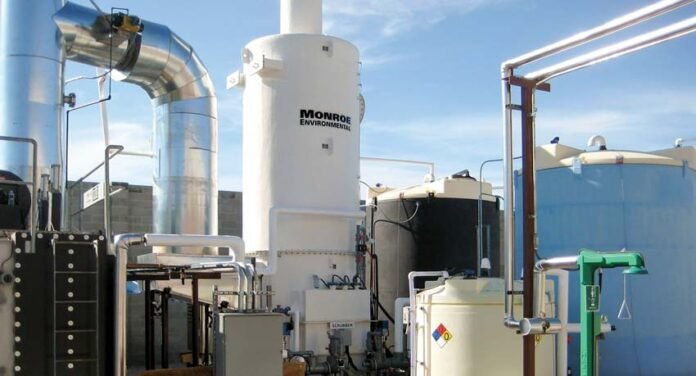Air pollution poses a significant threat to our health and the environment. As our cities grow and industries expand, it becomes crucial to implement effective measures to control and mitigate air pollution. In this comprehensive guide, we will delve into the world of air pollution control systems, exploring their importance, types, and how they contribute to breathing clean, fresh air.
Understanding Air Pollution Control Systems
Air pollution control systems are technological solutions designed to reduce or eliminate harmful pollutants from the air. These systems play a vital role in maintaining air quality standards and protecting public health. By implementing various control techniques, they help mitigate the emission of pollutants into the atmosphere.
Types of Air Pollution Control Systems
Particulate Matter Control Systems
Particulate matter (PM) refers to tiny particles suspended in the air, resulting from industrial processes, combustion, or dust. Control systems such as electrostatic precipitators and fabric filters are employed to capture and remove these particles before they are released into the environment.
Flue Gas Desulfurization Systems
These systems primarily target the reduction of sulfur dioxide (SO2) emissions. Flue gas desulfurization systems remove sulfur compounds from industrial exhaust gases, preventing them from reacting with moisture to form harmful sulfuric acid rain.
Nitrogen Oxide (NOx) Control Systems
NOx control systems employ various techniques like selective catalytic reduction (SCR) and selective non-catalytic reduction (SNCR) to reduce nitrogen oxide emissions. These systems play a critical role in combating smog formation and reducing the impact of NOx on human health.
Volatile Organic Compound (VOC) Control Systems
VOCs are organic chemicals that easily vaporize at room temperature, contributing to air pollution and the formation of ground-level ozone. Control systems like adsorption and thermal oxidation are used to capture and eliminate VOC emissions, thus minimizing their negative effects.
Benefits of Air Pollution Control Systems
Improved Air Quality
By effectively reducing the emission of pollutants, air pollution control systems help improve the quality of the air we breathe. This, in turn, safeguards our health and reduces the risk of respiratory diseases and other health complications.
Environmental Protection
Controlling air pollution is crucial for preserving our ecosystems and protecting biodiversity. Air pollution control systems minimize the impact of pollutants on vegetation, water bodies, and wildlife, ensuring a healthier environment for all living organisms.
Regulatory Compliance
Strict air quality regulations are in place to maintain a healthy environment. Industries and organizations that employ air pollution control systems not only ensure compliance with these regulations but also demonstrate their commitment to sustainable practices and corporate social responsibility.
Conclusion
Air pollution control systems play a vital role in combating the adverse effects of air pollution. By employing various techniques and technologies, these systems effectively reduce the emission of harmful pollutants into the atmosphere, safeguarding human health and the environment.
As we continue to face the challenges of urbanization and industrialization, it is imperative to prioritize the implementation of these systems to ensure we can breathe clean, fresh air for generations to come.
